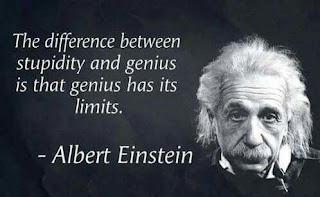Squares If a number is multiplied by itself, the product so obtained is called the square of that number, e.g. 2 square is 2*2= 4, 3 square is 3*3= 9, 12 square is 12*12=144 etc. The square of a number is a number raised to the power of 2. The square of an even number is always even, e.g. 16*16=256. The square of an odd number is always odd, e.g. 19*19=361. Perfect squares: A natural number is called perfect square or square number if it the square of some natural number, e.g. 25 is perfect square because 25 is the square of 5. Perfect squares never ends in 2,3,7 or 8. The number of zeroes at the end of a perfect square is always even, e.g. 400*400=160000, 50*50=2500 etc. For any natural number n, n^2=n*n= sum of first n odd natural numbers, e.g. 5^2=5*5= 1+3+5+7+9=25. Square roots The square root of a number n is that number which when multiplied by itself gives n as the product, e.g. the square root of 25 is 5. Symbol of square root is √ . Hence √16=4, √25=5,...










